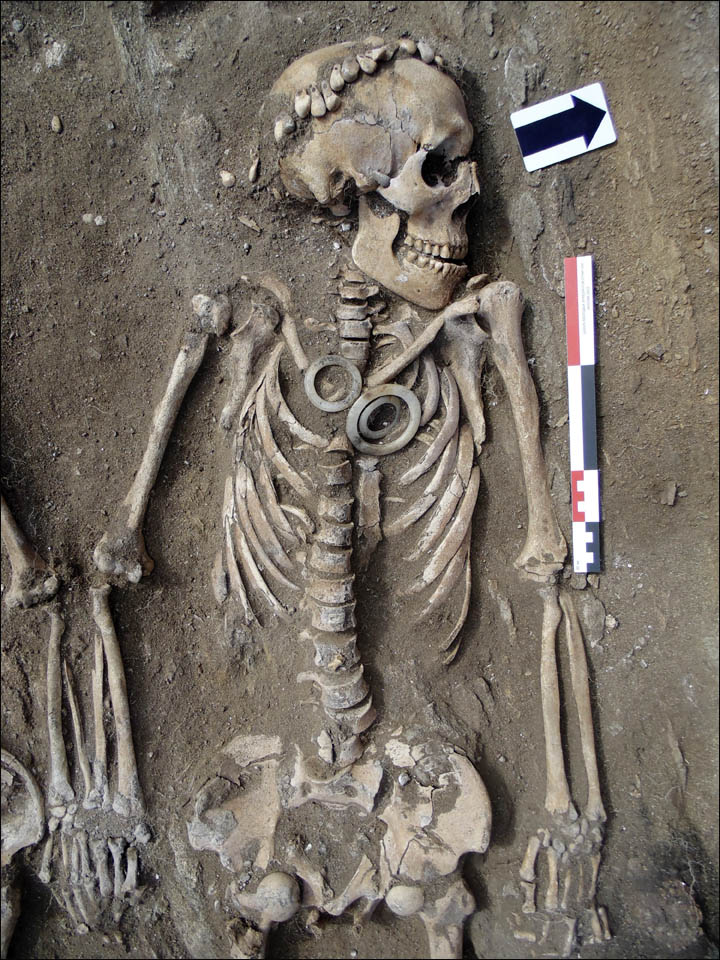kingjohn
Regular Member
- Messages
- 2,218
- Reaction score
- 1,181
- Points
- 113
Human population dynamics and Yersinia pestis in ancient northeast Asia
Gülşah Merve Kılınç, Natalija Kashuba, Dilek Koptekin, Nora Bergfeldt, Handan Melike Dönertaş, Ricardo Rodríguez-Varela, Dmitrij Shergin, Grigorij Ivanov, Dmitrii Kichigin, Kjunnej Pestereva, Denis Volkov, Pavel Mandryka, Artur Kharinskii, Alexey Tishkin, Evgenij Ineshin, Evgeniy Kovychev, Aleksandr Stepanov, Love Dalén, Torsten Günther, Emrah Kırdök, Mattias Jakobsson, Mehmet Somel, Maja Krzewińska, Jan Storå, and Anders Götherström1,6,*
Abstract
We present genome-wide data from 40 individuals dating to c.16,900 to 550 years ago in northeast Asia. We describe hitherto unknown gene flow and admixture events in the region, revealing a complex population history. While populations east of Lake Baikal remained relatively stable from the Mesolithic to the Bronze Age, those from Yakutia and west of Lake Baikal witnessed major population transformations, from the Late Upper Paleolithic to the Neolithic, and during the Bronze Age, respectively. We further locate the Asian ancestors of Paleo-Inuits, using direct genetic evidence. Last, we report the most northeastern ancient occurrence of the plague-related bacterium, Yersinia pestis. Our findings indicate the highly connected and dynamic nature of northeast Asia populations throughout the Holocene.
Source:
https://advances.sciencemag.org/content/7/2/eabc4587/tab-figures-data
Gülşah Merve Kılınç, Natalija Kashuba, Dilek Koptekin, Nora Bergfeldt, Handan Melike Dönertaş, Ricardo Rodríguez-Varela, Dmitrij Shergin, Grigorij Ivanov, Dmitrii Kichigin, Kjunnej Pestereva, Denis Volkov, Pavel Mandryka, Artur Kharinskii, Alexey Tishkin, Evgenij Ineshin, Evgeniy Kovychev, Aleksandr Stepanov, Love Dalén, Torsten Günther, Emrah Kırdök, Mattias Jakobsson, Mehmet Somel, Maja Krzewińska, Jan Storå, and Anders Götherström1,6,*
Abstract
We present genome-wide data from 40 individuals dating to c.16,900 to 550 years ago in northeast Asia. We describe hitherto unknown gene flow and admixture events in the region, revealing a complex population history. While populations east of Lake Baikal remained relatively stable from the Mesolithic to the Bronze Age, those from Yakutia and west of Lake Baikal witnessed major population transformations, from the Late Upper Paleolithic to the Neolithic, and during the Bronze Age, respectively. We further locate the Asian ancestors of Paleo-Inuits, using direct genetic evidence. Last, we report the most northeastern ancient occurrence of the plague-related bacterium, Yersinia pestis. Our findings indicate the highly connected and dynamic nature of northeast Asia populations throughout the Holocene.
Source:
https://advances.sciencemag.org/content/7/2/eabc4587/tab-figures-data




